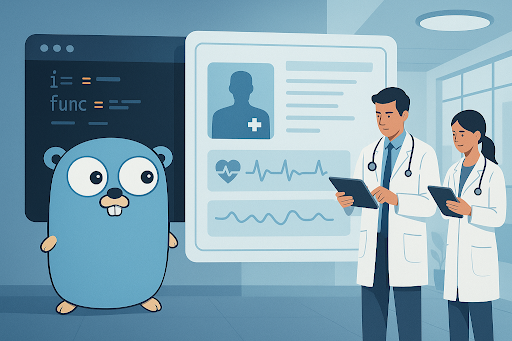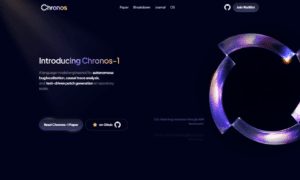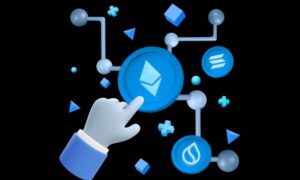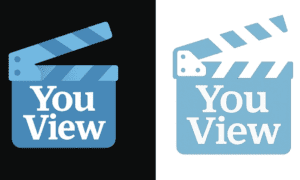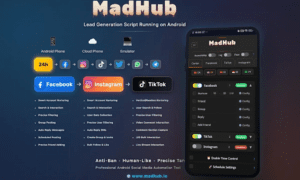The present IT healthcare industry is taking giant steps, with technology marking a critical role in improving patient care, streamlining operations, and ensuring compliance with stringent regulations. By 2029, the software IT market value is expected to hit 728.63 billion dollars, which is huge! Whether it’s building an electronic health records (EHR) system, a telemedicine platform, or AI-powered diagnostics software, the right programming language can make or break your project.
One language, in particular, has been making waves in the healthcare tech world—Golang. As highly renowned for scalability, clean syntax, and high performance, the language has taken a hot seat in Healthcare app development services worldwide. In this article, we’ll explore why Golang is an ideal match for healthcare solutions, what you need to know before starting, and how to get the most out of it.
Why Golang for Healthcare Software Development?
Healthcare systems are complex as they have to deal with processing a lot of sensitive data, multiple device integration, real-time communications management, and adhering to the HIPAA (USA) or GDPR (Europe) compliance. Golang’s unique combination of speed, concurrency, and simplicity makes it a strong fit for these challenges.
Key reasons Golang stands out:
- Great performance: Golang is compiled into machine code, delivering performance comparable to C or C++—critical for handling real-time healthcare data.
- Concurrency at scale: With Goroutines and channels, Golang can efficiently manage multiple tasks simultaneously, perfect for telemedicine platforms or IoT device monitoring.
- Simple and readable: Golang has an easy-to-maintain syntax, reducing the unnecessary software development costs.
- Exceptional security: Built-in memory safety and clear error handling reduce vulnerabilities in applications managing sensitive patient data.
Real-World Applications of Golang in Healthcare
Here are a few real-time cases you can explore to learn what Golang does while building highly efficient healthcare software.
- IoT Integration
From heart rate monitors to insulin pumps, healthcare IoT devices generate real-time data streams. Golang’s lightweight Goroutines make it easy to process this data in parallel, ensuring timely alerts and analytics.
- Telemedicine
With the concurrency model, Golang helps to handle thousands of simultaneous video calls without performance drops. This is vital for platforms connecting doctors with patients across different time zones.
- EHR and EMR Systems
Huge hospital networks often need to manage millions of records with high availability. Golang’s scalability ensures that the system can grow without slowdowns, even under heavy usage.
- Medical Data Analytics
Golang can handle big datasets efficiently, making it a good choice for building analytics dashboards for predicting patient outcomes or tracking disease outbreaks.
Golang Vs Other Languages: Comparison in Healthcare Software Development
While languages like Java, Python, and C# are also used in healthcare software, Golang offers unique advantages.
| Feature | Golang | Java | Python | C# |
| Performance | ✅ High | ✅ High | ⚠️ Moderate | ✅ High |
| Concurrency Handling | ✅ Excellent | ⚠️ Average | ⚠️ Average | ✅ Good |
| Learning Curve | ✅ Easy | ⚠️ Moderate | ✅ Easy | ⚠️ Moderate |
| Scalability | ✅ High | ✅ High | ⚠️ Limited for very large apps | ✅ High |
| Maintainability | ✅ High | ✅ High | ⚠️ Lower for large projects | ✅ High |
Why Golang is the clear winner: With the combination of the performance of compiled languages and the simplicity of scripting languages, it reduces development time while ensuring high efficiency.
What are the Benefits of Golang for Healthcare Software Development?
1. Performance for Time-Critical Processes
Every second counts in healthcare, which is why Golang, with its compiled nature, helps execute faster. Compared to other interpreted languages, it ensures quick data processing—essential for emergency response systems or remote patient monitoring.
2. Multi-Tasking Concurrency
The healthcare software system can be useful in many aspects:
- Track and handle the check-ins of patients
- Manage lab results
- Monitor connected devices
- Support live doctor-patient chat options
Golang’s concurrency capabilities help these operations operate simultaneously without hurdles.
3. Scalability for Growing Demands
Whether you’re starting with a small clinic or a nationwide healthcare chain, Golang apps can scale horizontally and vertically without the need for undesired rewrites.
4. Adherence to Security & Compliance
The healthcare software should be aligned with standards like HIPAA for the US, GDPR for the EU, and PIPEDA for Canada. With strong typing, memory safety, and secure standard libraries, Golang can get rid of vulnerabilities, making it easier to achieve compliance.
5. Maintainability For a Long Time
Golang development projects are effortless to maintain. This is because these have fewer dependencies, clear syntax, and reliable testing tools. This saves the costs for healthcare organizations over time.
What Should You Check Before Building Healthcare Software with Golang?
While Golang is powerful, successful Healthcare Software development services require planning and best practices:
- Understand Regulatory Requirements Early
Compliance is never an optional aspect. Build HIPAA and GDPR considerations into your architecture from day one.
- Design with Interoperability in Mind
Healthcare systems often need to integrate with HL7, FHIR, or DICOM standards. Ensure your Golang solution supports these integrations.
- Keep an Eye on Security
Use encryption for data at rest and in transit, implement role-based access controls, and conduct consistent security audits.
- Emphasize Scalability from the Beginning
Even if you’re launching with a small user base, design the architecture to handle growth without downtime.
- Choose the Most Reliable Development Partner
With the help of experts in providing top Golang development services and healthcare compliance, you’re more likely to avoid costly mistakes.
Example of how a Golang-Based EHR System Revolutionized a Hospital Network
A mid-sized US-based hospital group faced slow system performance during peak hours, affecting patient intake and treatment speed. Their conventional Java-based EHR struggled with concurrent access by multiple departments.
With a Golang-based architecture, you can see:
- Response time improved by 65%
- The system handled 3x more concurrent users
- Maintenance costs dropped due to simpler code and fewer dependencies
This real-world example shows how GoLang development services can directly improve patient care and operational efficiency.
Future Trends of Golang in AI and Predictive Healthcare
The healthcare niche has witnessed a huge revolution with the outbreak of Artificial Intelligence and machine learning. As it helps to manage huge concurrent tasks, Golang is ideal for:
- Monitoring the real-time disease outbreak
- Predictive hospital resource allocation
- Personalized treatment recommendations
As AI adoption grows, Golang will likely play a larger role in healthcare’s next wave of innovations.
The Smart Choice for Advanced Healthcare Software
Healthcare app development isn’t an easy job, but it needs to adhere to the compliance standards, be scalable, and highly performing. Whether you’re developing telemedicine software, EHR systems, or real-time analytics platforms, Golang offers the technical foundation you need to succeed.
If you’re considering Healthcare Software development services, partnering with a team that specializes in GoLang development services can help you avoid pitfalls, accelerate delivery, and ensure compliance from the ground up.

